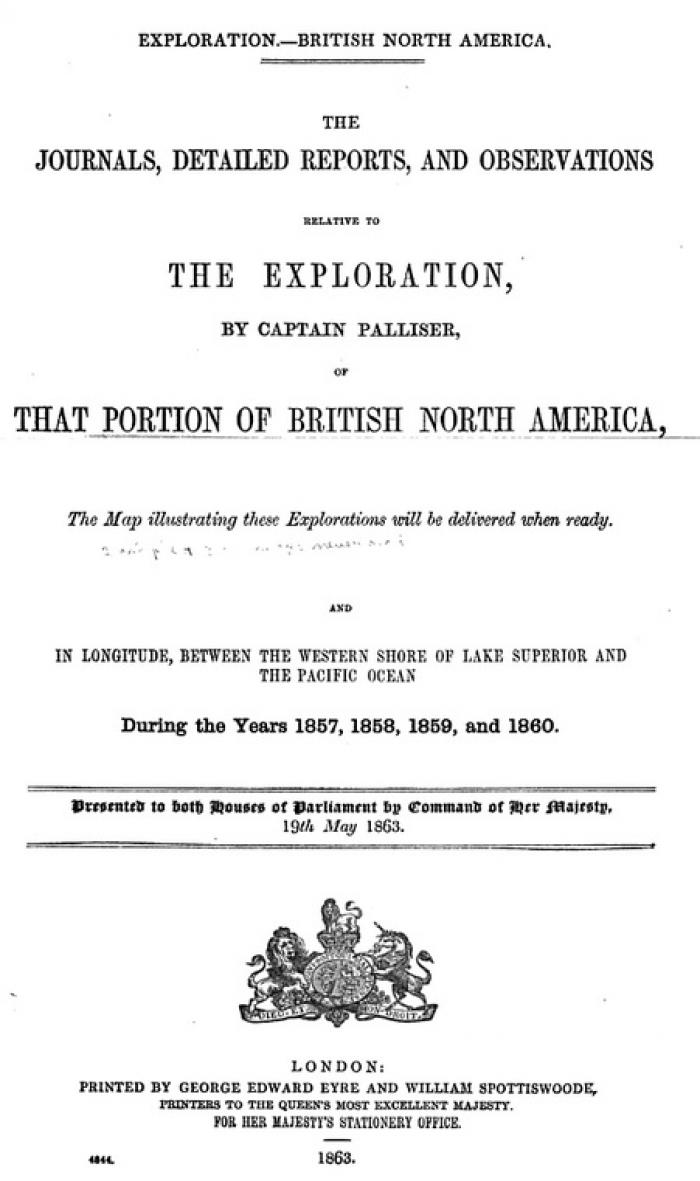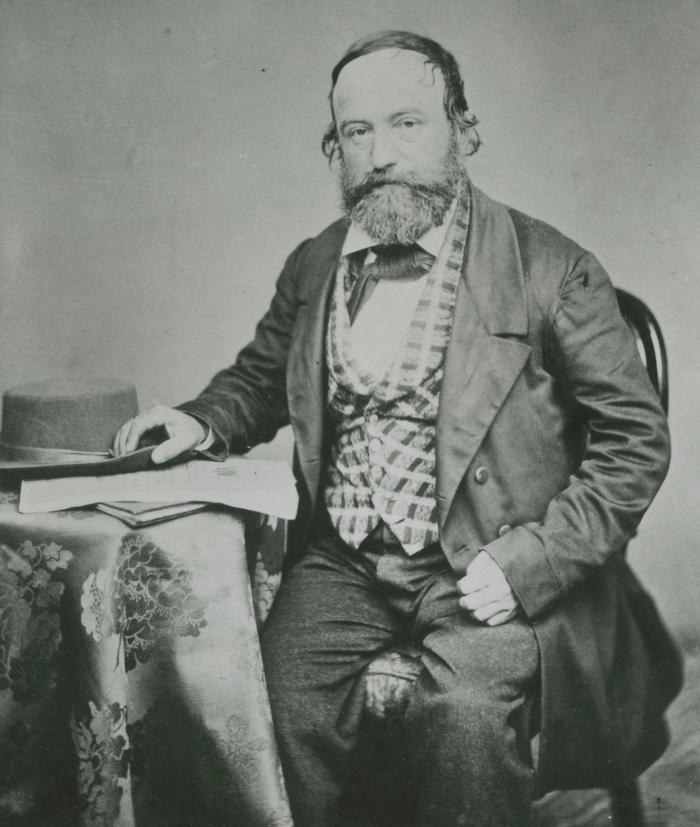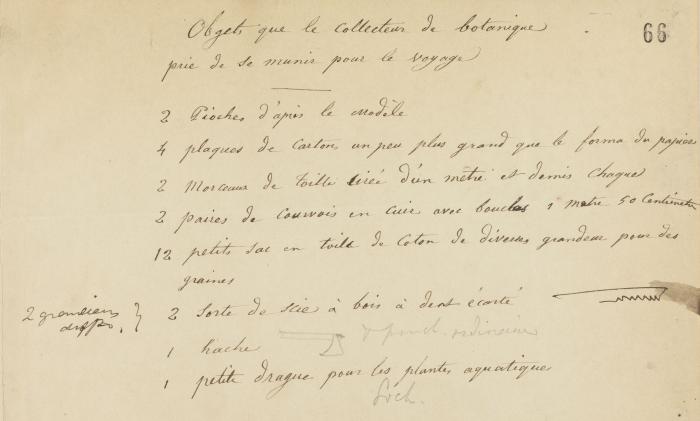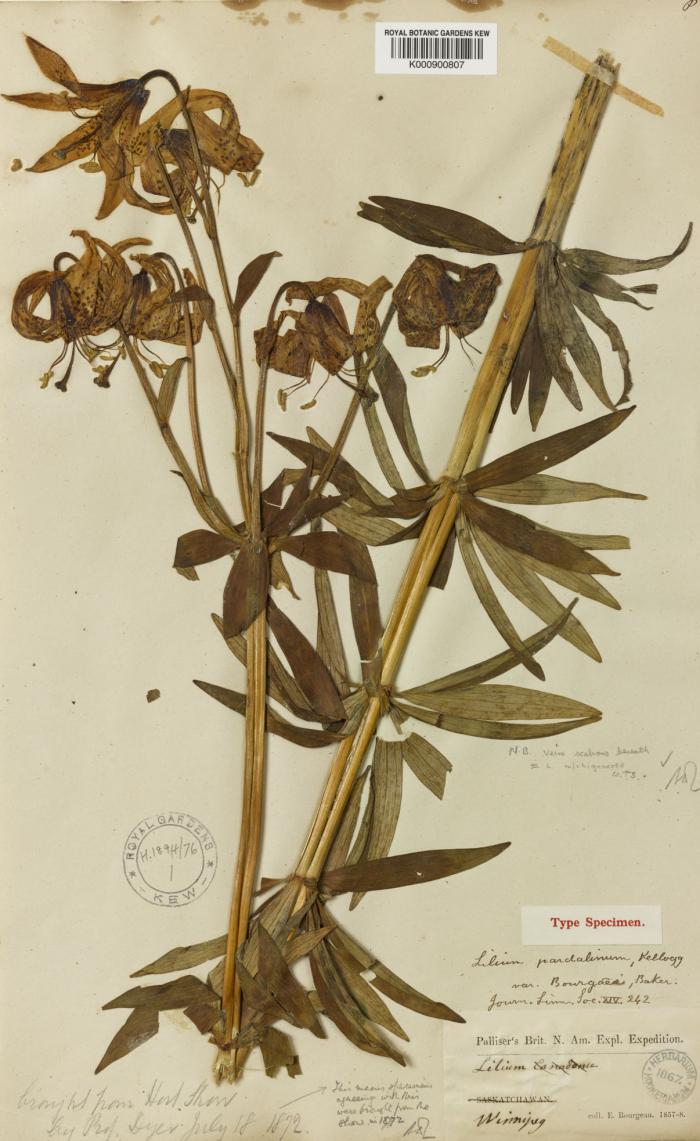Digitisation of the North American collection reaches completion
A team in Kew's archive has completed the digitisation of a large set of historical letters from the Directors' Correspondence, some of which shed light on the early exploration of North America

I’m part of a team working in Kew’s archive to digitise a unique collection of historical correspondence to the former senior staff at Kew, and this week we’re celebrating! Our team has completed the digitisation of the North American collection of letters: making high quality images and searchable summaries of just under 4,600 letters available via the JSTOR Global Plants website. I wanted to conclude our blog posts on this particular part of the collection with a highlight regarding the early exploration of British North America.
The British North American Exploring Expedition
Between 1857 and 1860, explorer Captain John Palliser and his skilled party travelled hundreds of kilometres on behalf of the British Government and under the auspices of the Royal Geographical Society, exploring the area west of the Great Lakes and passes through the Rocky Mountains to the Pacific Ocean.

The group collected botanical, astronomical, meteorological, geological and magnetic data. They described the country’s landscape, fauna, inhabitants and potential for settlement and transportation. Kew’s first Director Sir W.J. Hooker recommended that the experienced plant collector Eugène Bourgeau accompany the party as the expedition’s botanist, having been previously impressed with Bourgeau's plant collections from Spain and North Africa.

In a letter to Sir W.J. Hooker from Fort Carlton, Saskatchewan in 1858, Captain Palliser discusses Bourgeau’s progress. James Hector (geologist and naturalist to the expedition) has told him that 'Bourgeau's collections alone are worth the whole grant for the Expedition'. Palliser hopes he can persuade the Colonial Office of this. Palliser also gives a candid insight into life in the travelling party:
'The Hudson Bay Co. forts are shockingly supplied in the Saskatchewan. We are now starting with only 90 pounds of flour provisions for 32 men for 6 months! And what is worse, we have barely enough powder to kill our provisions with. Also very short of tea and sugar. You cannot get a shirt washed, a shoe or stocking mended, without clamouring for it – tea, sugar and flour are the gold & silver of the country. Grease and tobacco – the copper coinage of the country, I regret to say there is no piece of frantic recklessness they will not commit for liquor so I don't mention that omnipotent coin.' [Archives ref: DC 64 f.331]
In the winter of 1858 Bourgeau was also at Fort Carlton making preparations. Bourgeau listed to Sir W.J. Hooker the items required for a botanical collecting trip comprising: two mattocks (digging tools), four sheets of cardboard, two pieces of oilcloth, two leather straps with buckles, 12 small canvas bags of various sizes for seeds, two kinds of wood saw with wide-spaced teeth, an axe, and a small net for aquatic plants.

Unable to collect plants in wintery weather, Bourgeau kept himself busy taking temperature readings for Dr J. Hooker. For these he placed two thermometers in fields nearby and two others in a forest a few miles from the Fort. Recording the readings took up much of his day and he remarks to Sir W.J. Hooker that he barely had time to visit the traps and snares he had established to obtain hares, though he still reports catching 120 in two months! Bourgeau collected some 1,200 plant species during the expedition, examples of which are held for study in Kew's herbarium. Mount Bourgeau in Banff National Park, Alberta was named to honour Bourgeau by James Hector.

Palliser's Triangle
Alongside various important reports, the expedition produced a great map (1865) which provided the first comprehensive observations to be published regarding the southern prairies and Canadian Rocky Mountains. The expedition also described what became known as 'Palliser's Triangle', a large, roughly triangular region in present-day southwest Saskatchewan and southeast Alberta, with relatively low rainfall and sandy soils. The party suggested this area was unsuitable for farming but the region began to be settled and farmed at the start of the twentieth century. Dry conditions and over grazing led parts of Palliser's triangle to become a dust bowl during the 1930s. Today the triangle contains several deserted ghost towns and farms from this period.
New reading room display
To celebrate the completion of the North American DC digitisation, the team are mounting a small display in the Wolfson Rare Books Room to demonstrate the breadth of characters and stories contained in this part of Kew's archive. The display will run from 19 May until 27 June and will include original letters, publications and portraits, alongside items from the economic botany collection related to individuals such as plant collector David Douglas and champion of forest preservation John Muir. The team is continuing work on the DC collection and we are currently digitising letters from three 'miscellaneous' volumes containing letters from authors scattered across the globe to add to the rich resource already available to view online.
- Katherine -


